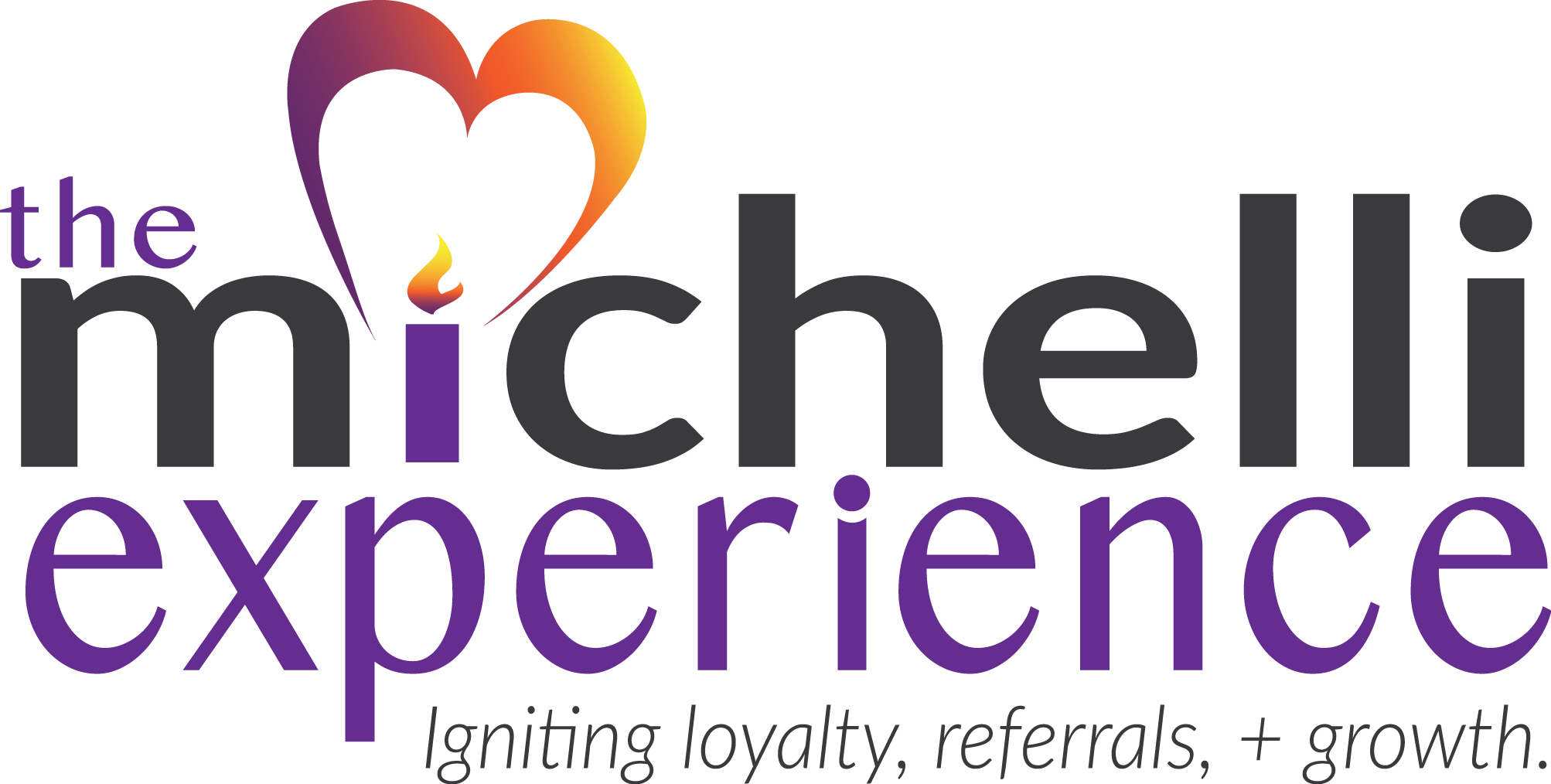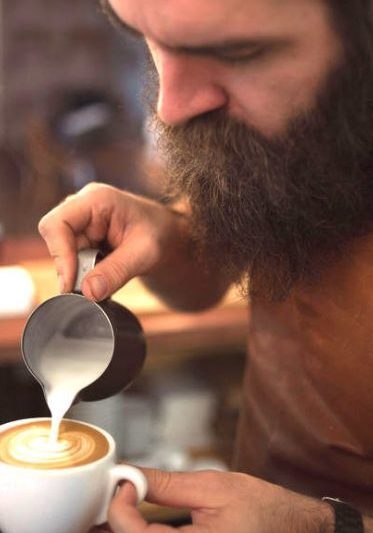If I asked you to tell me about a concert that you attended, my hunch is your story would either be of a recent event, a favorite concert, or a live-event debacle.
I am not a gambler, but when it comes to predicting what is most salient in human memory, it’s a good bet to go with three types of possible memorable moments:
- Recency (also known as End) moments
- Peak moments
- Pain moments
Customer Moments
In other words, of all the concerts you attended the one that is most accessible for your storytelling is a memory drenched in emotion or one that is fresh in your mind. So, let’s apply some memory research (often conducted in the context of behavioral economics or cognitive bias studies) to your efforts in delivering memorable customer experiences.
If you are like most of my clients, you have multiple moments of interaction as your prospects and customers consider, select, purchase, receive service and reconsider future purchases with your business. For some clients of mine (say in the home building arena – these moments can stretch out over years, for others – like a retail client – the time frame is much shorter). In either case, customers don’t and won’t remember how you performed across all the interactions they have had with you. Our memories are not cast as movies but more like scenes or lines from a movie.
Building Memories
The opportunity to create memorable moments begins by cataloging all of the interaction points from the perspective of your key customer segments. I’ve shared extensively on this topic in prior posts about persona-based customer journey maps. For the purpose of this discussion, I’ll help focus on moments in interactions that matter most to your customers.
While certain moments of significance are specific to a customer segment (for example what matters most to my technophilic son is very different than what matters most to me) some moments likely will be of great significance to all. One cognitive rule that describes two of these types of moments is referred to as “peak/end.” Our understanding of the peak/end rule began in the 1970s thanks to the work of psychologists like Daniel Kahneman and Amos Tversky.
Research says…
Writing for Nir & Far, Lakshmi Mani clearly exemplifies the work done in support of the peak/end rule noting:
We tend to recall the most intense events most easily. This applies to both positive and negative memories. For example, in one study, when Red Sox fans were asked to recall a game they watched, they tended to remember the best game they had ever seen…We (also) tend to remember events differently depending on how they end. In a classic experiment, patients were asked to rate the pain of undergoing a colonoscopy as they endured it.
In the colonoscopy study, the way patients remembered the “positiveness” or “negativeness” of the procedure was not related to the average level of pain they encountered across the journey. Rather, it was best predicted by their overall highest registered pain level and the level of their pain in the 3 minutes prior to leaving.
In other words, if you had a particularly high pain spike or if your pain wasn’t resolved in the three minutes before you left the procedure, you remembered the event negatively. Conversely, even high average pain levels were remediated by having no negative peaks and having pain that was under control as you left the building.
Service Experience
Well hopefully, your service experience has nothing in common with a colonoscopy, but we should all look for ways to dampen down the pain of our service delivery, celebrate peak moments, and make sure we end an interaction on the best possible footing.
Moreover, when a problem occurs, we should hasten to create service resolution, so we give more distance from the problem to the ending of a service phase or interaction.
In future posts, I will talk about other well-researched cognitive processes, which will give you a competitive advantage in your customer experience delivery. For now, I’d like to create a positive peak/end during a conversation. Simply reach out to me.
In the spirit of the rule, I end this with a personal thank you!!!

Joseph A. Michelli, Ph.D. is a professional speaker and chief experience officer at The Michelli Experience. A New York Times #1 bestselling author, Dr. Michelli and his team consult with some of the world’s best customer experience companies.
Follow on Twitter: @josephmichelli



